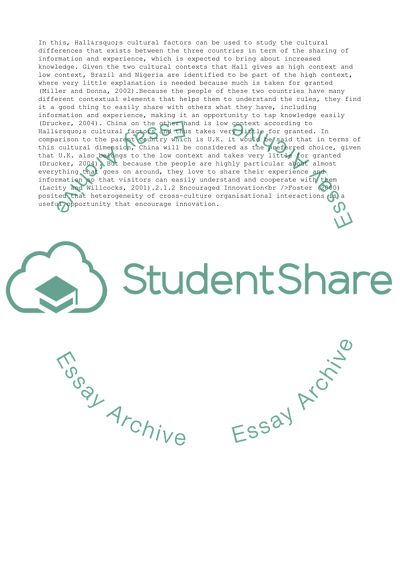Cite this document
(“Cultural Differences Study of China, Nigeria and Brazil Essay”, n.d.)
Retrieved from https://studentshare.org/business/1629378-cultural-differences-study-of-china-nigeria-and-brazil
Retrieved from https://studentshare.org/business/1629378-cultural-differences-study-of-china-nigeria-and-brazil
(Cultural Differences Study of China, Nigeria and Brazil Essay)
https://studentshare.org/business/1629378-cultural-differences-study-of-china-nigeria-and-brazil.
https://studentshare.org/business/1629378-cultural-differences-study-of-china-nigeria-and-brazil.
“Cultural Differences Study of China, Nigeria and Brazil Essay”, n.d. https://studentshare.org/business/1629378-cultural-differences-study-of-china-nigeria-and-brazil.


